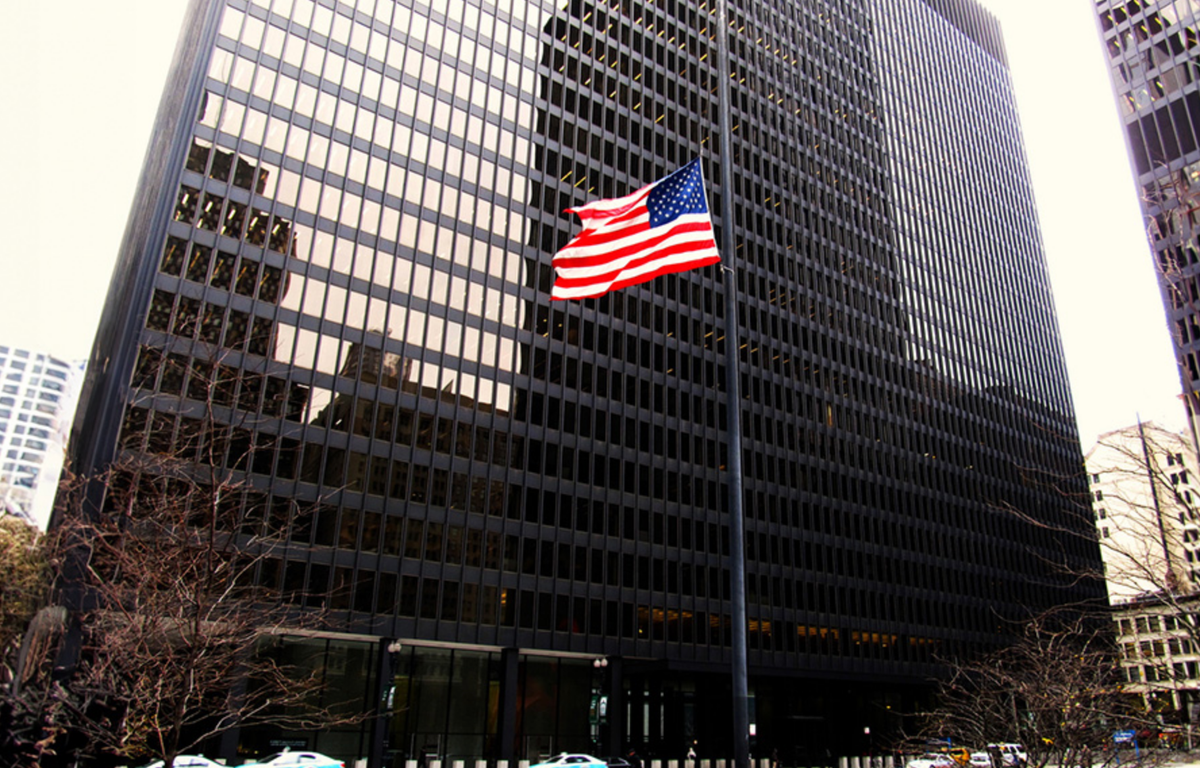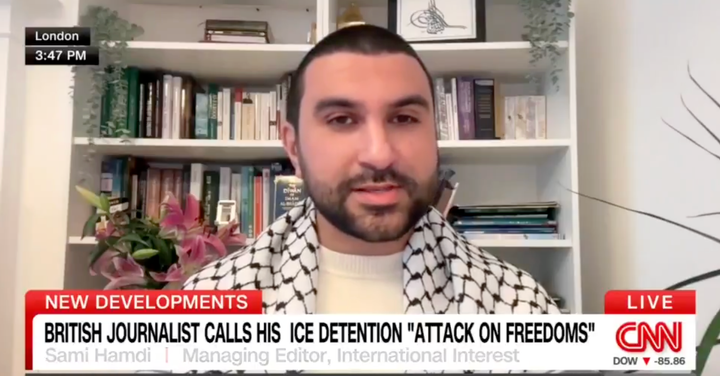Judge Bars ICE Attacks On Journalists And Protesters While Hearing Lawsuit
In Chicago, U.S. District Judge Sara Ellis issued a temporary restraining order to protect journalists and protesters from attacks by federal agents.

United States District Judge Sara Ellis issued a temporary restraining order to prevent attacks by federal agents on journalists or non-violent protesters. She instructed agents to wear “visible identification” on their uniforms or helmets.
Also, Ellis restricted the use of crowd control weapons on journalists, protesters, or clergy, including a prohibition against shooting individuals “to strike the head, neck, groin, spine, or female breast, or striking any person with a vehicle.”
The order [PDF], which applies to Immigration and Customs Enforcement (ICE) and other agencies, will remain in force for two weeks while a court reviews a lawsuit alleging significant First Amendment violations.
As previously reported by The Dissenter, the lawsuit specifically relates to protests that have occurred outside an ICE detention facility in Broadview, Illinois, since Trump launched “Operation Midway Blitz” at the beginning of September.
Since then, hundreds of masked agents with military gear, weapons, and vehicles were unleashed against communities. The complaint detailed numerous incidents where journalists, clergy, and protesters were allegedly targeted.
The order applies to the Northern District of Illinois, which covers the five largest cities in the state: Chicago, Aurora, Rockford, Joliet, and Naperville.
“Whatever lawlessness is occurring is not occurring by peaceful protesters [and journalists],” declared Ellis, according to coverage from Block Club Chicago. She further noted that federal agents had clearly violated the Constitution.
“Individuals are allowed to protest. They are allowed to speak,” Ellis insisted. “That is guaranteed by the First Amendment to our Constitution, and it is a bedrock right that upholds our democracy.” (Block Club Chicago is a plaintiff in the lawsuit.)
Sean Skedzielewski, who is a counsel to the assistant attorney general, represented the government and complained to the judge. “We think the entire [temporary restraining order] will be unworkable and cause a lot of problems.”
Back in August, it was Skedzielewski who argued that anyone involved in “videotaping” ICE or other police forces could be engaged in violence. He maintained that footage could be used to uncover the identities of agents and target them with harassment.
Ellis addressed this viewpoint during a hearing on October 6. Dave Byrnes, a reporter for Unraveled Press, said the judge shrugged off this complaint and told the government that was the “cost of doing business as a public servant.” Ellis mentioned “doxing” against federal judges while recognizing that did not justify acts of violence.
The order acknowledged that anyone “standing off to the side of a protest” and “documenting protest activities” instead of chanting or holding a sign could be a journalist—and agents should treat such individuals as members of the press.
Though the order contained a provision that allows federal agents to order the press to “change location to avoid disrupting law enforcement” as long as reporters have an “objectively reasonable time” to comply and “report and observe.”
But as Freedom of the Press Foundation advocacy director Seth Stern pointed out, that goes against past guidance by the Justice Department and a federal appeals court. Journalists should not be ordered to leave when that order is illegal in the first place.
This matters. Raven Geary, co-founder of Unraveled Press who is a plaintiff in the lawsuit, emphasized, “It's not special treatment for reporters” to let them remain while protesters disperse. “It's critically important to maintain the ability to document police activities after they've ordered assemblies to disperse.”
“Again and again, we've seen cops are most likely to get more violent with demonstrators when out of public view,” Geary added.




Comments ()